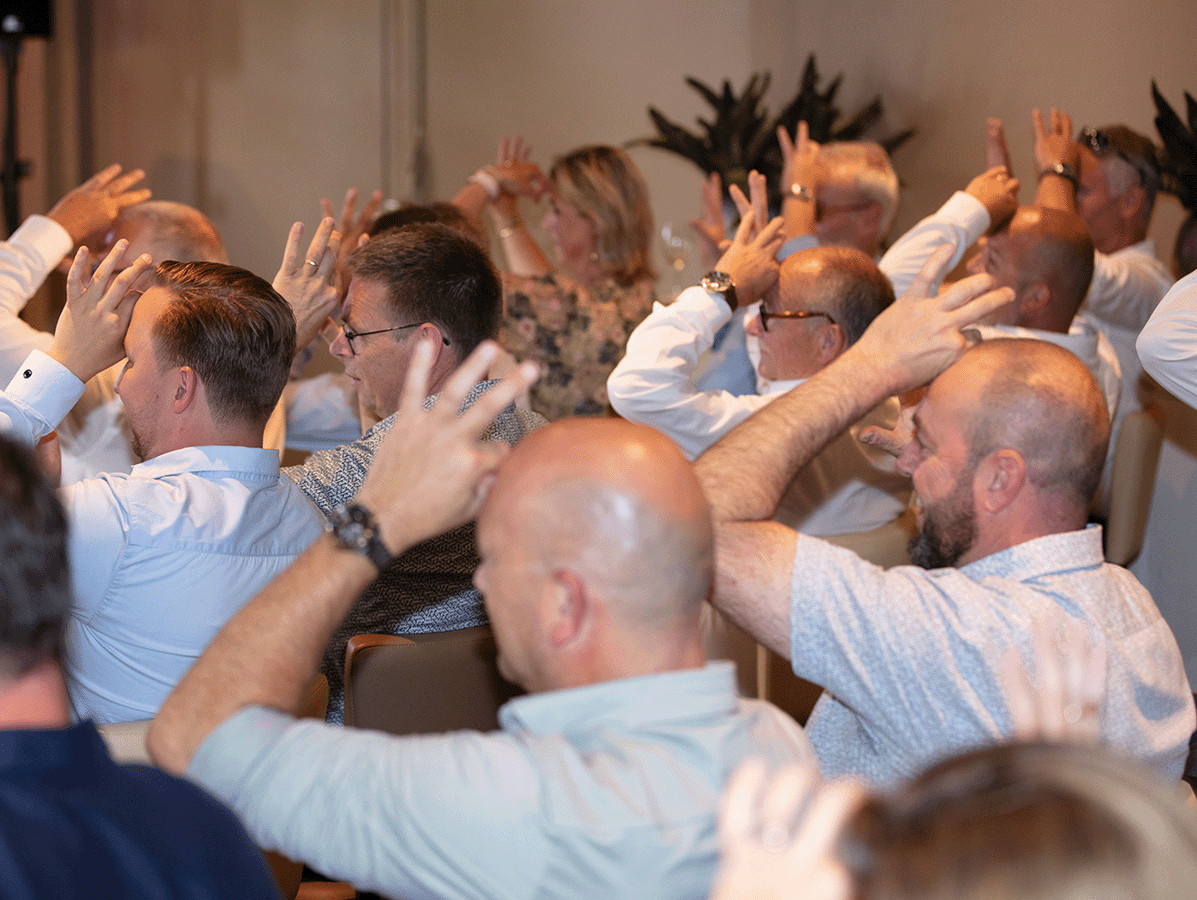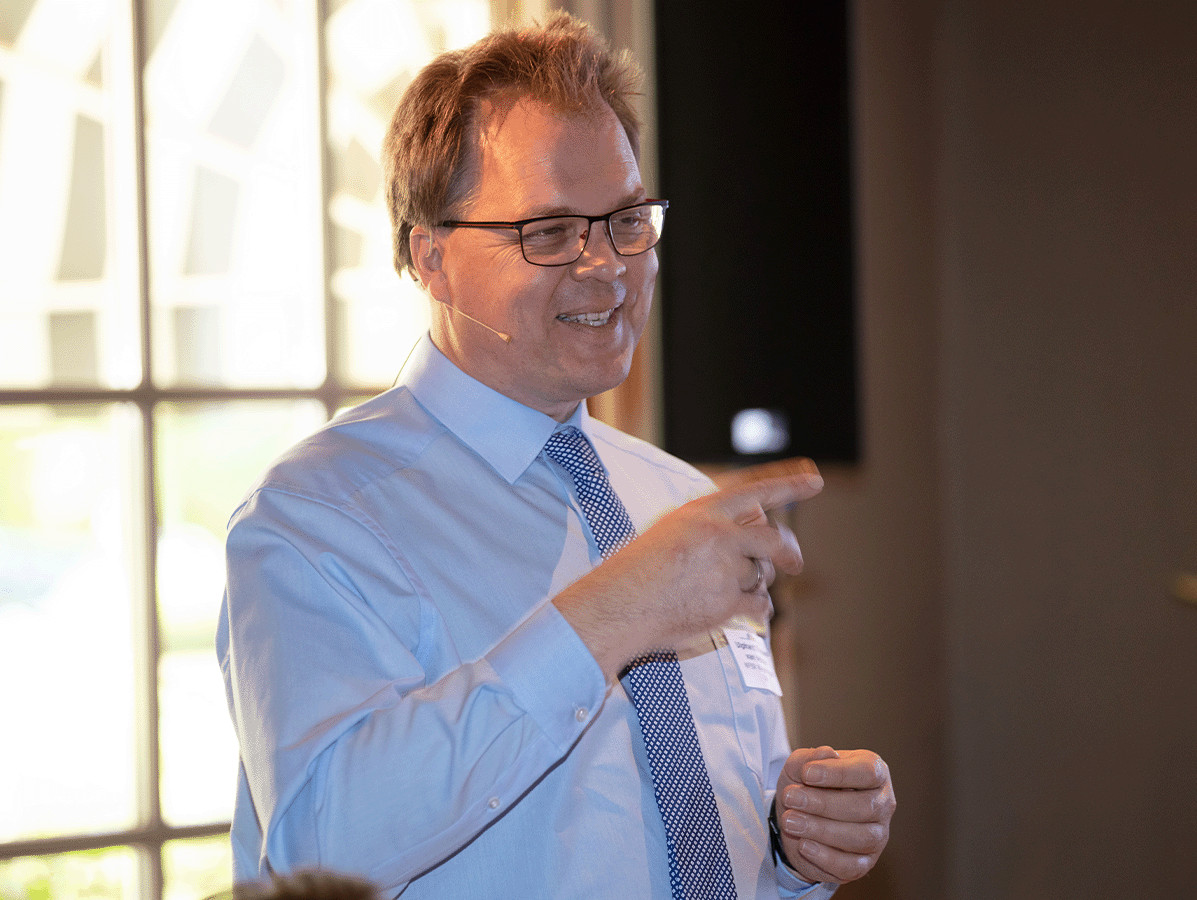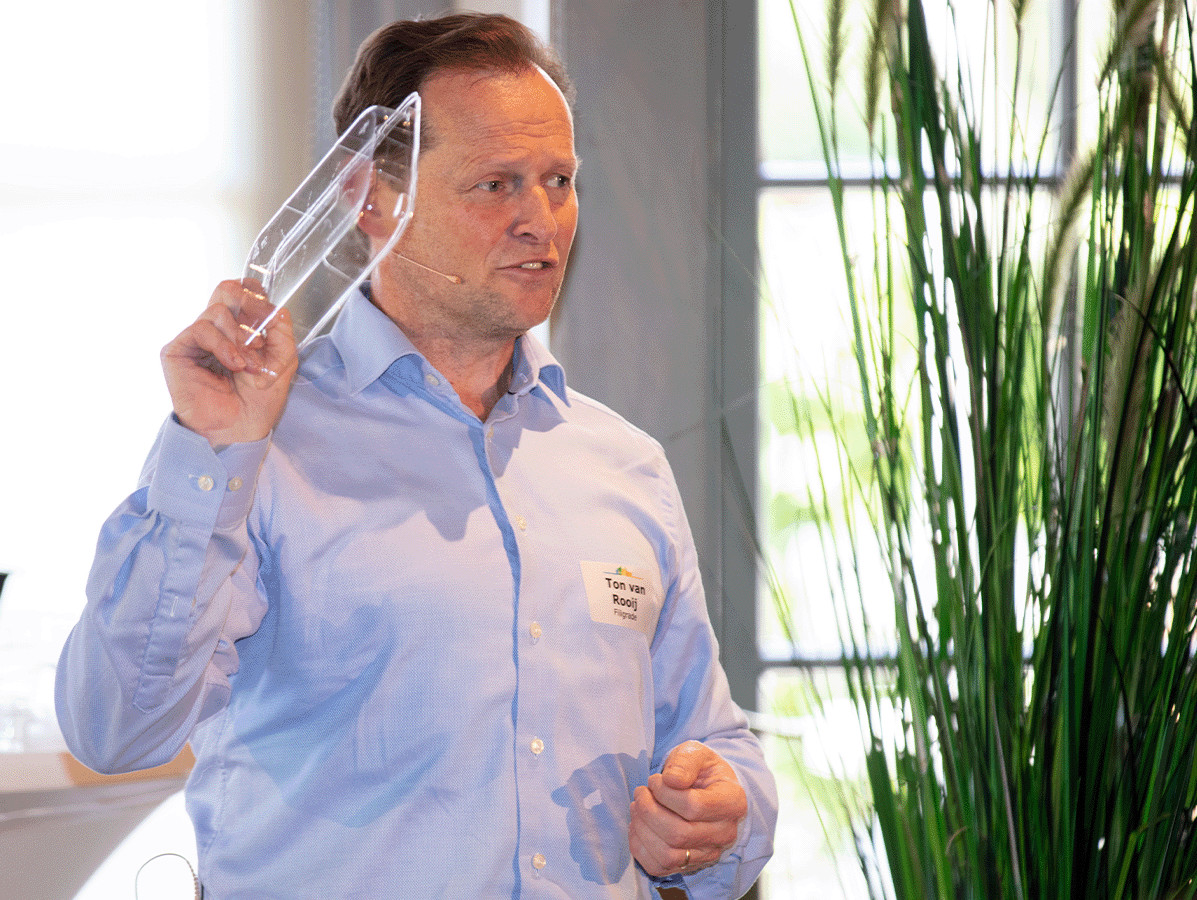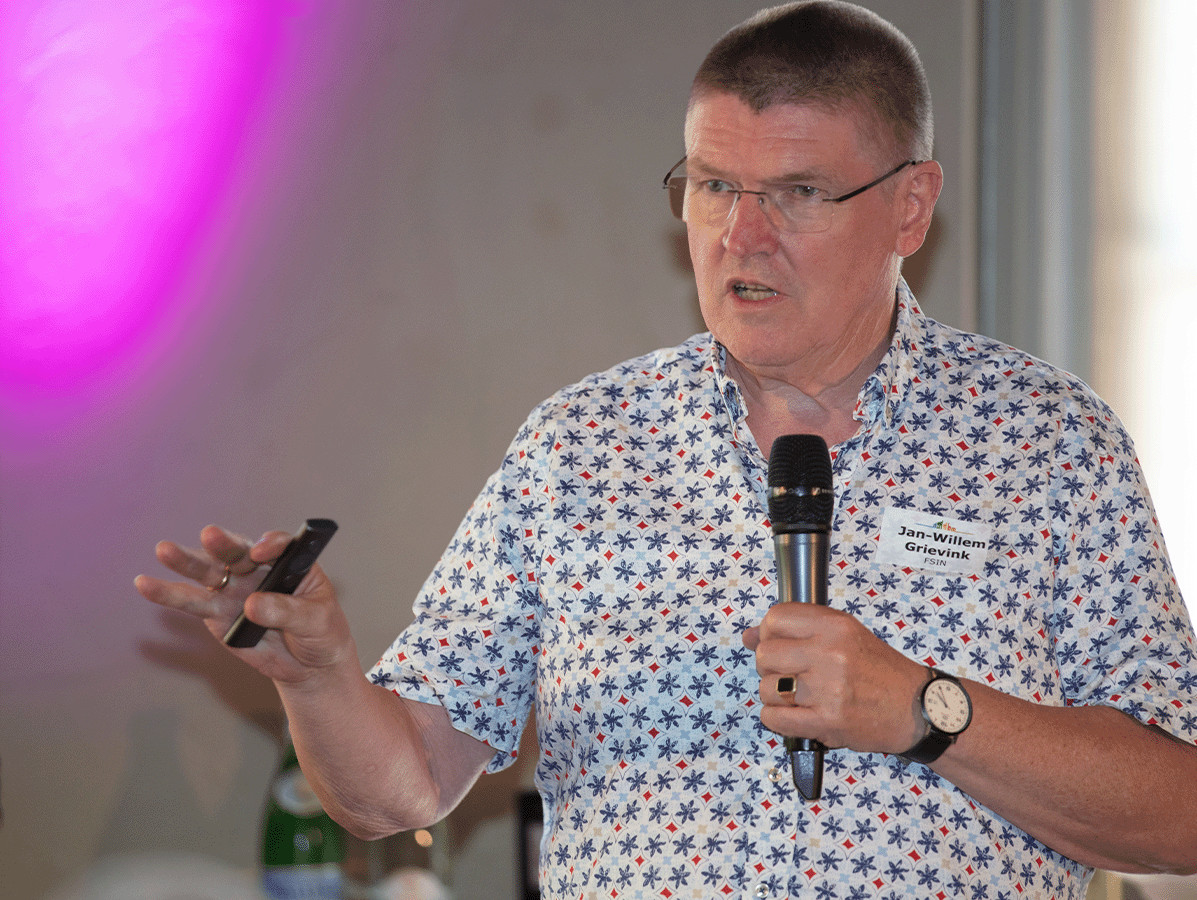
Whether we like it or not, very strict laws and regulations are coming our way in the field of packaging. We find ourselves in the calm before the storm. Warning: DO NOT READ THIS ARTICLE if you are a fan of short-sighted politics.
Our Euro MPs are angry: for too long, too little has been done about the packaging issue. The litter and plastic soup in our oceans is causing an environmental disaster that goes beyond environmental pollution. It forms a serious threat to our food supply, because the microplastics have also been proven to end up in plants and animals. Something has to change in order to deal with the disaster that hangs over our heads. But change is difficult, disruptive and painful. That is why we have all been avoiding dealing with the problem for so long. "That is no longer possible," Ulphard Thoden van Velzen said at the Food Industry Experts event on 16 June 2022: 'Retail meets Food Industry'. "Brussels is fed up because too little is happening despite laws and regulations."
Change requires a flexible brain. In that respect, the conference was a tough game of brain gymnastics. Ulphard Thoden van Velzen (Wageningen Food & Biobased Research) woke it up, Ton van Rooij (Filigrade) urged it to think in an innovative and solution-oriented way, Jan-Willem Grievink (FSIN) sharpened things up with a refreshingly unsubtle picture of the current and future retail landscape, after which illusionist Victor Mids (MindF*ck) showed us how our brains are constantly playing tricks on us; and especially how much fun you can have playing with it. Because there really are bright spots! For those who missed the afternoon: here are some highlights.

Ulphard Thoden van Velzen
Ulphard Thoden van Velzen, senior researcher packaging technology and recycling - Wageningen Food & Biobased Research, started the afternoon with a clear message. Just back from Brussels, he knows first-hand how angry the Euro MPs are about the lack of decisiveness to solve the plastic problem. "They are very passionate. Enough is enough, they say. Strict laws and regulations are coming our way."
( Still reading this despite the warning at the beginning of this article? Then you are probably a curious and stubborn type. Very good: you are badly needed to bring about change).
"The adage from Brussels is: 'Thou shalt recycle!' The packaging industry must get rid of its dependence on oil. However, the current plastic system is still far from circular, partly because packaging is not designed for recycling from the start. Polymeric contamination now makes recycled packaging brittle and fragile, and because of molecular contamination (inks, dyes) they are often not food-safe. There is too little food-grade PET on the market to meet the targets. Nor is this possible due to a lack of effective sorting and cleaning technologies.
In addition, the current legislation and regulations offer little room for innovation, and that is because the EFSA is advised by scientists. They are conservative, do not want to take any risks with their advice and therefore build in large safety margins. This has led to a much too strict interpretation of the legislation.
Even in the best-case scenario, if all packaging were currently designed for recycling and we only used the best available recycling techniques, we would still run up against a technical limit, Ulphard explained to the quiet audience. "If we all do our very best from now on, much more is feasible, but a fully circular economy is an illusion with the current laws and techniques. Moreover, the current drive for more circularity is still not a solution for climate change, nor for reducing litter."
How to proceed? A very relevant question! What is clear is that finding a one-size-fits-all solution is a utopia and there are barriers and dilemmas attached to each option. At the moment, however, the stakeholders in the chain are jumping in all directions with their solutions. That is why chain direction is very necessary. Now the audience is stirring: 'Who should take it on?' Again, a good question, although there will be no answer this afternoon.
"What is certain is that more compulsion is required for 'design for recycling'" continues Ulphard, "with EFSA's risk assessment for innovations becoming less conservative." In response to the spontaneous question from the audience "How??" the scientist answers with a broad grin, "My advice? Take the risk assessment away from the scientists!" He concludes, "As for improving the supply of food grade recyclate; that will only succeed if there are better sorting systems, and short closed recycling systems."

Ton van Rooij
And with that, the floor is given to Ton van Rooij, project director Filigrade. "While Brussels is angry about the lack of decisiveness in the chain, the packaging industry is starting to panic: 'where is the material to recycle?'"
To move forward, we need to work together, Ton emphasises. "In the Coalition2.0 Food2Food, more than 40 stakeholders in the plastic food packaging value chain have now united. They want to show that better sorting of food versus non-food packaging, among other things, is an important step to increase recycling rates and create valuable waste streams."
He outlines the problem with (unfortunately outdated, as there are no more recent) figures. "In 2017, according to the Afvalfonds, 512 ktonnes of plastic packaging was put on the Dutch market. About 40 per cent of this consisted of plastic packaging for foodstuffs: 205 ktons, in other words. The government's target is: 'use 35 per cent recycled plastics'. This means that 72 kilotons (35% of 205) of foodsafe recyclate is needed to meet the targets." The simple math makes it clear that there is a huge gap between supply and demand. "Because they are totally unbalanced, recyclate, if it exists at all, is more expensive than raw material." The current supply of food-safe recyclate, about 32 tktons, comes from returnable bottles. "This is largely bought up by the multinationals that marketed the bottles: they want their own bottles back."
Back to the sorting process: an important question for the chain, according to Ton, is: "In which waste streams do you want your packaging to end up? And especially how are you going to funnel that?" Now the CurvCode comes into play. "This code makes it possible to sort by food and non-food. The focus is on hard plastic packaging, such as mono-PET, PP, PE and sorting PET-PE to avoid mixing with mono-PET."

Jan-Willem Grievink
CurvCode is an intelligent, digital watermark solution aimed at sorting. The code works like Braille. With 3D embossing (relief) for rigids, codes are engraved in moulds. The technique is suitable for thermoforming, injection moulding and blow extrusion.
2D codes in print are also possible: applicable for printed packaging such as flexibles, drink cartons, sleeves and labels. Special sorting technology is capable of reading the Braille and sorting the packaging into food and non-food. "We can already demonstrate that the technology works in an industrial environment and can be scaled up to real-world applications. We are currently awaiting a positive advice from EFSA for approval of this sorting process. Of course, there are still points for attention and development. For example, we are still struggling with the level of visibility of the code on the packaging. But it is clear that this is an interesting business case for the sorters to obtain a valuable stream of recyclate. This justifies the investment in the technology. This year, we want to complete the test programme at the National Circular Plastics Test Centre (NTCP) and carry out industrial tests at Attera, Suez KSI and PreZero. Then we can finalise the business case and make a plan for the market introduction, in consultation with the stakeholders."
There is already fresh food in 100% recyclable packaging with CurvCode on the shelves of various supermarkets: 'recycle-ready'. Once the sorting centres are also ready, this packaging will no longer need to go straight into the incinerator. "Sooner or later everyone will be forced to work more, or even exclusively, with recyclate. The chance that there will be strict reuse guidelines is really very high," concludes Ton. And so it is time for a brief respite from the congress. Food for thought for the food producers and retailers present.
Want to know what Jan-Willem Grievink had to say after the break? Then please read the interview.
Source: Vakblad Voedingsindustrie 2022